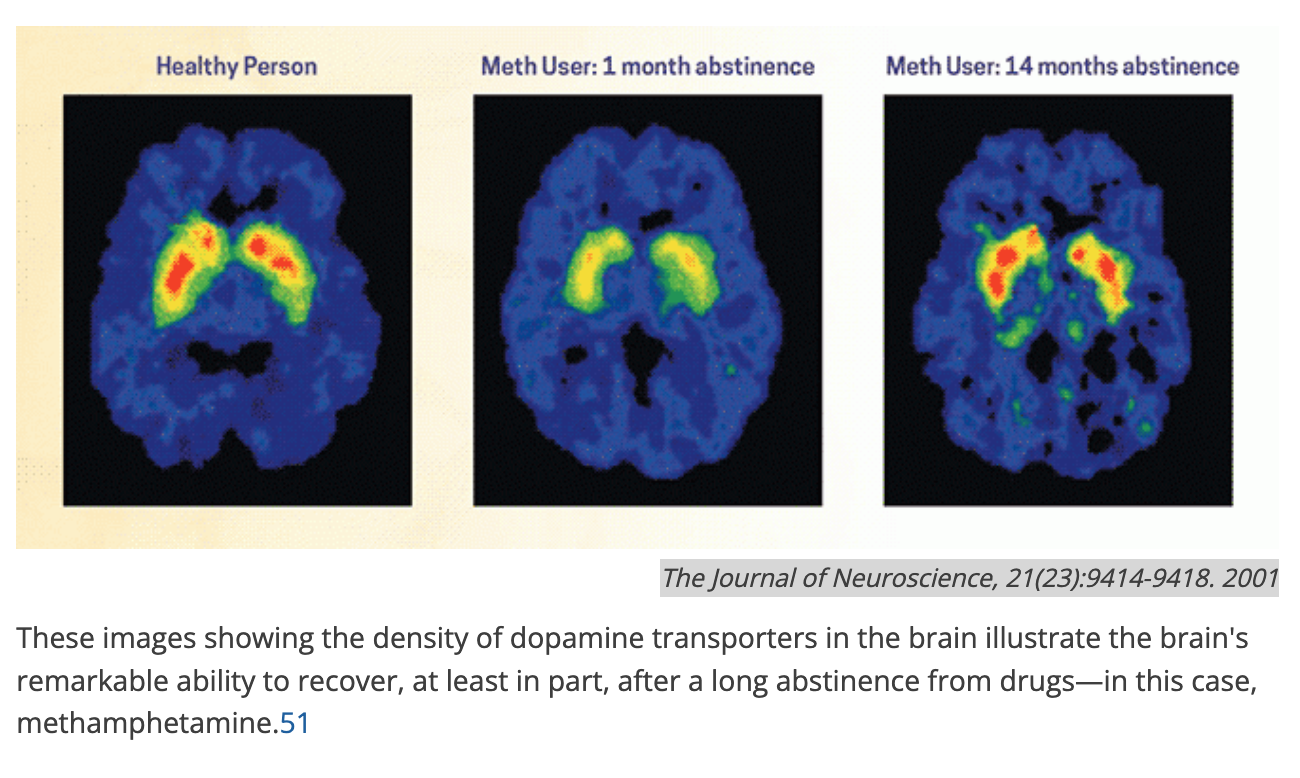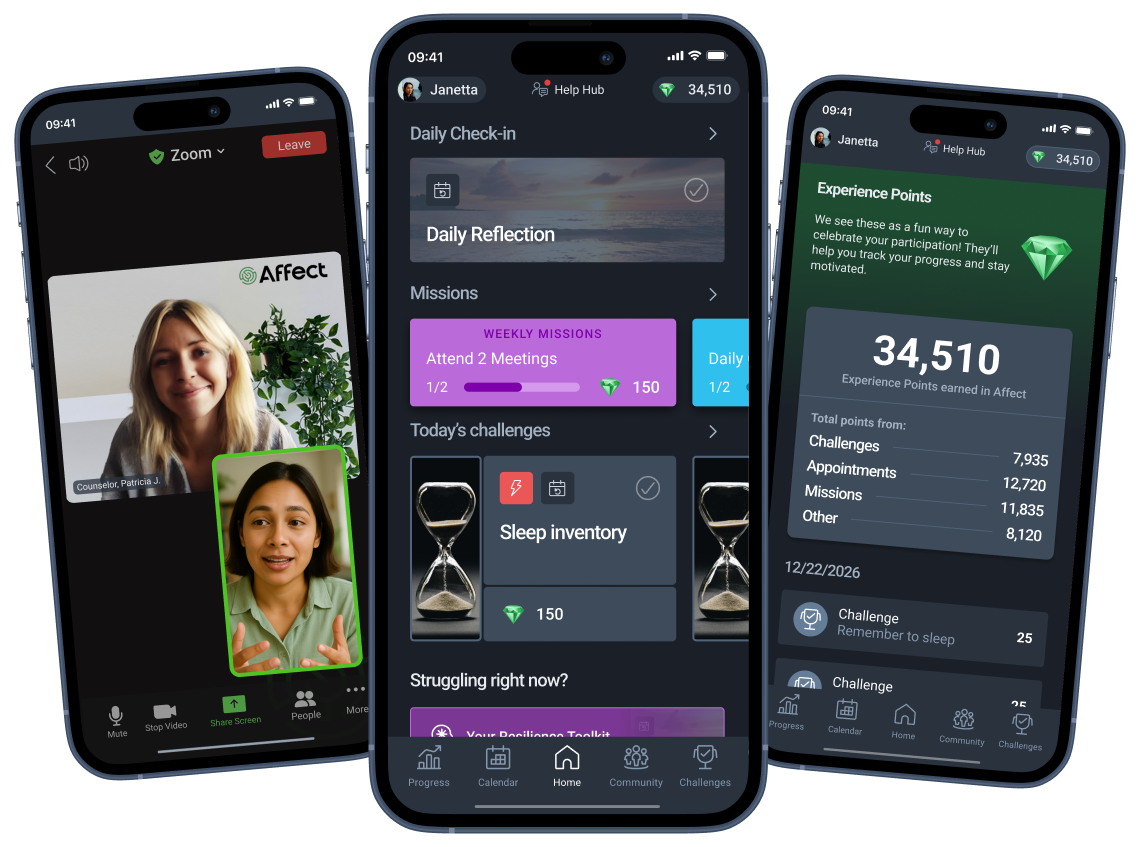Methamphetamine Awareness Day
The opioid epidemic has commanded national attention for years while methamphetamine abuse lurked in the shadows. A lot has changed since President George W. Bush declared the first National Methamphetamine Awareness Day on November 30, 2006. There were some declines in meth use for a while. 16 years later, the epidemic has gotten worse – much worse. But now, there’s also hope and help available to people suffering from Methamphetamine Use Disorder with new research-backed treatment that can finally break the addiction.


What is the scope of the meth epidemic?
The world got a dramatized view into the world of meth when the popular drama series Breaking Bad premiered in 2008. As shocking as some of its episodes could be, the real story and statistics on meth use and its harms are bracing.
From 2015 – 2019, the number of overdose deaths from methamphetamine nearly tripled as heavy use went up 66%. America now is setting new records in drug overdoses year over year, topping 100,000 in 2021. In the past year, more than 1.2 million Americans report using meth, and the number of meth users in young adults aged 18-23 has quadrupled. American Indians/Alaska Natives are among those hardest hit by the meth epidemic, but increases are everywhere. The meth epidemic touches everyone and anyone can be addicted to this powerful drug.
And it’s everywhere. Nevada leads the nation in deaths from meth. States like Ohio and Kentucky are being flooded with meth and there are few treatment options available. Meth that is sold on the street now is more powerful than ever, and can often be laced with fentanyl.
The epidemic is world wide. The United Nations Office on Drugs and Crime estimates the worldwide production of amphetamine-type stimulants, which includes methamphetamine, at 500 metric tons a year, with 24.7 million suffering from addiction. Even Buddhist monks in Thai monasteries are hooked on meth.
There’s hope and help for meth addiction
One of the historic issues with treating methamphetamine use disorder is that there are no FDA approved medications to treat it, as there are for other types of substance use disorders like opioids or alcohol. While there are medications that can help with symptoms and cravings for meth, research has clearly found that the key to breaking meth addiction is activating the brain’s rewards center. A method treatment professionals call “Contingency Management” has been found to be very successful in treating stimulant use disorders, but it has been underused, despite the clear evidence of its effectiveness.
This year, the National Drug Control Strategy mentioned treatment approaches like contingency management and harm reduction as part of its plan to curb the overdose epidemic. California is rolling out contingency management programs to try to help people suffering from meth addiction and mitigate the crisis.
Affect created the very first all-digital treatment program using contingency management and leveraging the engagement and convenience of a smartphone app. Recognizing the need for innovation and how traditional models used in rehab clinics were ineffective, the first program was developed specifically for treating addiction to stimulants like meth and cocaine.
And it works. Affect has presented its research and outcomes at conferences like NAADAC and the RX Summit to share our success with our colleagues and partners in the addiction treatment community. We’ve been able to adapt and expand the program to treat alcohol use disorder with high effectiveness. The degree of care and effectiveness were recognized with the highest level of accreditation by CARF International.
But what matters most is how our members reclaim control over their lives and free themselves from the control of meth addiction. Many have come to us hopeless, having failed at other treatment programs. But we don’t see failure, we see progress. Affect helps people through relapses and keeps working with them until they’re better. In just one month of treatment, people can see and feel real results as their minds and bodies begin to recover from the damage of meth. With the ease and convenience of the digital program, people can stay with it and achieve lasting recovery.
On this Methamphetamine Awareness day, we’re not just making people aware of the meth epidemic. We’re making people aware that there is finally hope for people who are in the grips of meth addiction and help to get free.



